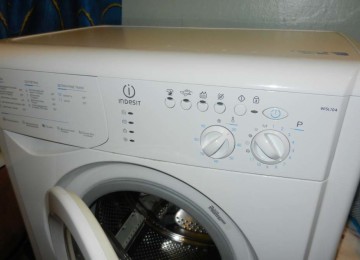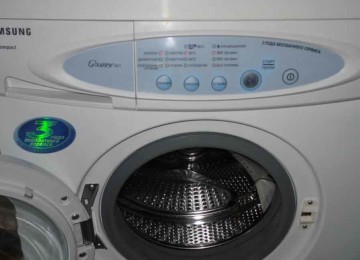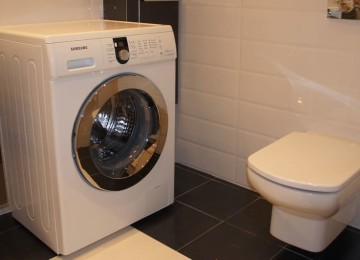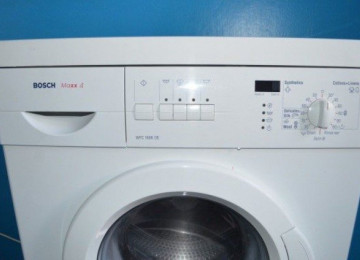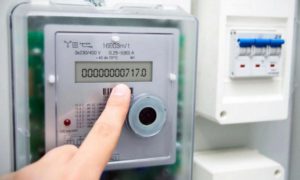 One of the most popular electrical appliances, which saves time and relieves a person from hard work, is an automatic washing machine. Its benefits are beyond doubt, but you have to pay for everything, including electricity. When planning to buy a new machine, you need to choose a model that will become an assistant in the household and will not ruin the owner. How much electricity an automatic washing machine consumes is one of the most important questions to ask when choosing a model for your home.
One of the most popular electrical appliances, which saves time and relieves a person from hard work, is an automatic washing machine. Its benefits are beyond doubt, but you have to pay for everything, including electricity. When planning to buy a new machine, you need to choose a model that will become an assistant in the household and will not ruin the owner. How much electricity an automatic washing machine consumes is one of the most important questions to ask when choosing a model for your home.
Main consumers of electricity
To estimate the amount of energy consumed by a washing machine, you need to look at its main components, the parts whose contribution to total consumption is the most significant. There are few main consumers of electricity, but each of them contributes to the final electricity bill.
A heating element
A tubular electric heater (heating element) is one of the most energy-hungry washing machine units in terms of energy consumption. However, it is worth noting that it is not constantly turned on, but is used only in washing programs with heated water.The amount of electricity it consumes directly depends on the power. For most washing machines, this figure varies in the range from 1.5 to 3.0 kW. The higher this value, the faster the water heats up, and accordingly, the greater the consumption of the machine.
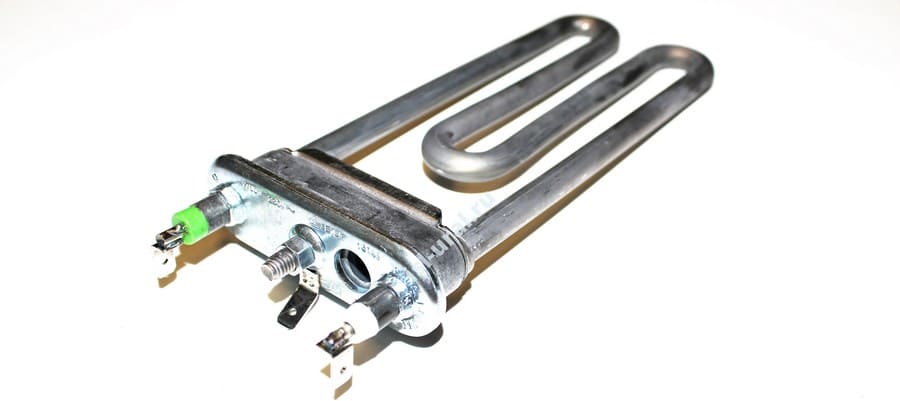
Electric motor
Just like in the case of a heating element, the consumption of the engine depends on its power. Household devices are equipped with motors from 0.4 to 1.0 kW or more. It is worth noting that maximum engine consumption is only possible at full speed, mainly in the “Spin” mode.
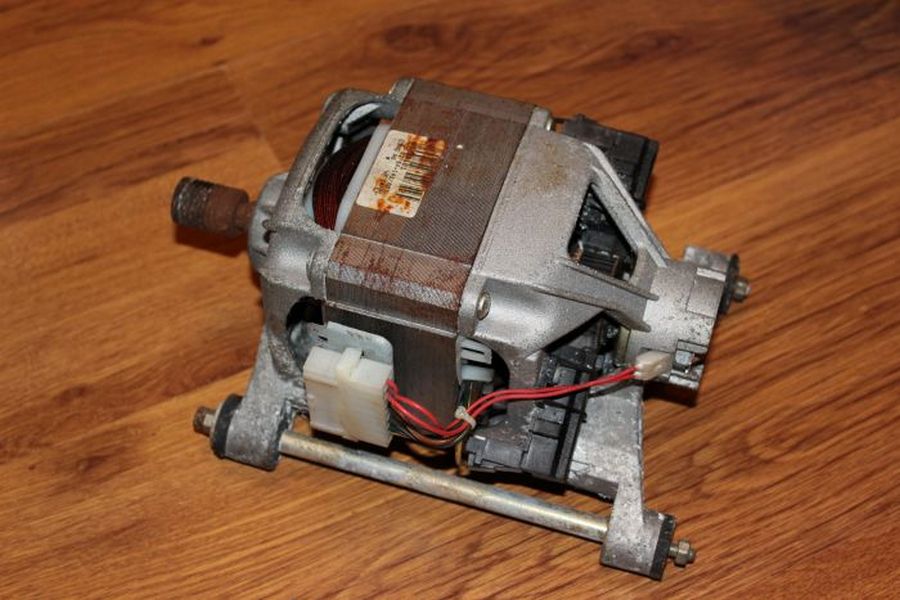
Drain pump
The consumption of this unit looks much more modest compared to the electric motor and heater. In most cases it does not exceed a modest 25-40 W. However, the drain runs periodically, which adds its own few watts to the total consumption of the washing machine.
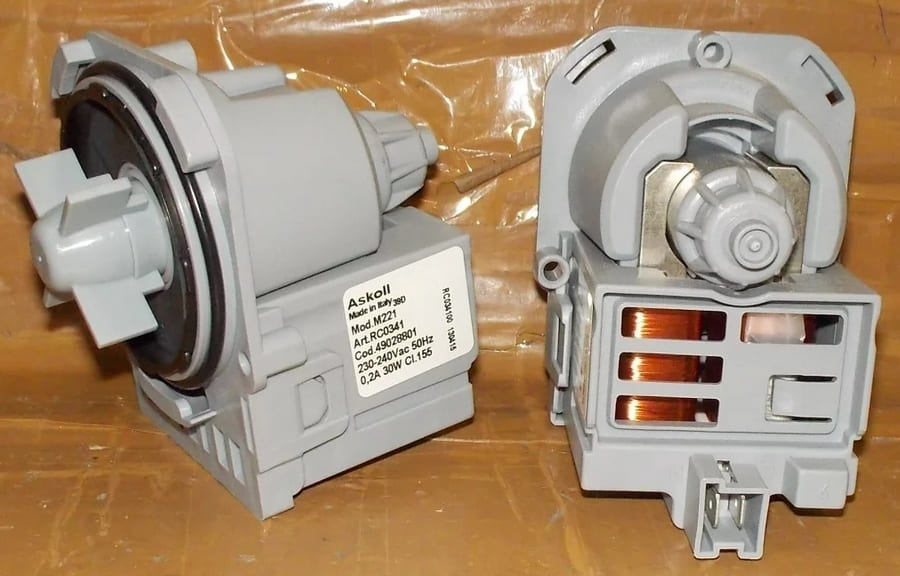
Control Panel
The machine control module with display panel closes the rating of electricity consumers. As a rule, during operation this module consumes up to 10 W along with indicators and all available sensors.

The total consumption of the above units gives the consumption of the washing machine as a whole. It is important to understand that most machine parts consume maximum energy only for a short period during washing, while the rest of the time they operate in economy mode or are completely turned off.
Energy class
To avoid being too upset by your energy bills, when purchasing a washing machine, it is important to pay attention to its energy consumption. It’s easy to recognize; each model that goes on sale is assigned a class. This value is indicated on a colored sticker, usually glued to the front panel.This division greatly simplifies the life of the buyer, since there is no need to understand numbers; just a little knowledge of the Latin alphabet is enough.
That’s right, letters of the Latin alphabet are used to indicate the energy consumption class. Sometimes “+” signs are added to them, which means that the requirements of this class are significantly exceeded.
- Class "A". The power consumed by this washing machine does not exceed 0.19 kW per hour, per 1 kg of dry laundry. Also on sale you can find devices of class “A+” - consumption below 0.17 kW/hour, “A++” - below 0.15 kW/hour.
- Class "B". Electricity consumption by devices of this class is in the range of 0.19-0.23 kW per hour per 1 kg of laundry.
- Class "C". Allowable consumption should not exceed 0.27 kW/hour.
- Class "D". Consumption – 0.27-0.31 kW per hour.
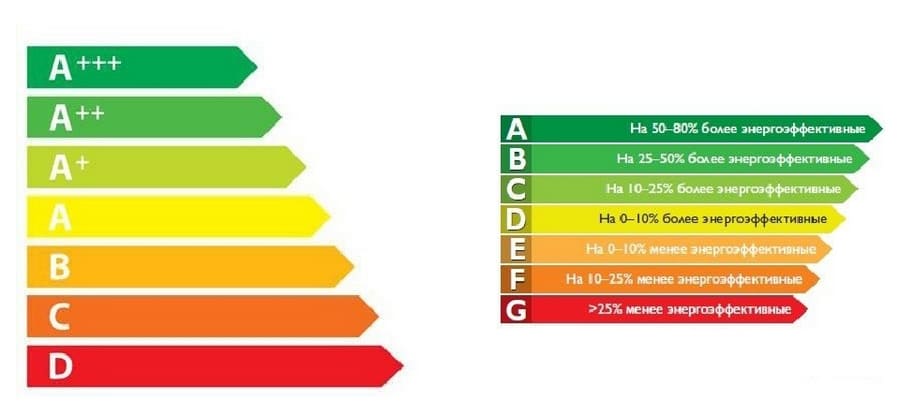
Among older models, you can still find washing machines with higher energy consumption, but recently they have not been produced; users prefer economical devices.
Energy consumption calculation
By carefully studying the documentation for your washing machine, you can learn a lot about its energy consumption. Most often, the passport will directly indicate the value obtained under certain conditions. For most cases, this is enough, moreover, to choose a machine that is guaranteed not to ruin its owner, just look at the sticker and find out the energy consumption class of the device; however, many people are interested in the question of how much electricity the device consumes, for example, for washing.
You can answer this question in two ways at once, but you must understand that none of the obtained values will be one hundred percent accurate.During the washing process, many nuances can arise that will affect the final energy consumption.
Method 1. The washing machine's passport indicates its power consumption. It is expressed in kilowatts (kW). Knowing the duration of the wash in hours, it is easy to calculate the amount of energy that the machine uses in one cycle. You just need to multiply these numbers. The value obtained as a result of the calculations will be the amount of electricity spent on one wash, expressed in kilowatts per hour (kW/hour). Further, knowing the approximate number of washes per month, it is easy to calculate the cost of washing per month.
Method 2. Knowing the energy consumption class of the washing machine and the approximate weight of the laundry that is planned to be washed throughout the month, you can get the same value. To do this, simply multiply the consumption of the machine per 1 kg by the weight of the laundry being washed. The result will be the energy consumed in kW/hour.
The amount of electricity consumed during washing can be found out in another way, using a regular household electricity meter as a measuring device. You just need to record its readings at the time the program starts and at the time the device is turned off. Of course, you should not use other electrical appliances during measurements.
Additional parameters affecting energy consumption
As mentioned above, the amount of energy consumed is influenced by a number of factors that you should pay attention to when starting to wash. Correctly selected mode of operation of the device will help to avoid unjustified costs and will significantly increase the service life of the machine.

- The selected program has a great influence on energy consumption.The first thing you should pay attention to is the water temperature. It’s easy to guess that the higher it is, the more electricity is spent on heating. The duration of work is also of considerable importance; the longer the program, the more energy is spent on rotating the drum.
- The weight of the laundry in the drum also affects the amount of energy consumed. The heavier the drum, the more difficult it is to spin it, the more the electric motor consumes.
- Fabric type. Different types of fabric absorb water differently. Everyone knows that wet fabric is heavier, therefore, a thing that has taken on water becomes even heavier, making it more difficult for the drum to rotate.
- Drying program. This useful feature in all respects is characterized by high energy consumption. If the goal is to save money, you should think about the feasibility of drying.
- Device service life. Over time, everything wears out. A washing machine that has already served for several years is guaranteed to consume more than a similar one from the store. The main reason is scale that has formed on the heater. The thicker its layer, the longer the water takes to heat up, the greater the energy consumption.
It is also worth mentioning the fact that a machine that is in standby mode continues to consume energy. Its amount is insignificant, but if the machine is constantly plugged in, a decent amount can accumulate over a long period of time.
Some tips on how to save money
Everyone wants to save money and this is commendable. It is worth noting here that the amount of electricity consumed depends not only on the characteristics of the machine; it is also influenced by a number of other, at first glance, insignificant factors. It is not difficult to increase the efficiency of any machine; you just need to follow a number of simple recommendations.
- When buying a washing mashine, you should give preference to a device with low power consumption.
- When washing, you need to choose the optimal operating mode. There is no need to boil water if the task is simply to rinse clothes.
- It is rational to start washing only when enough dirty laundry has accumulated to fill the drum.
- It is important to keep the machine clean and, if possible, clean its main components.
- Clothes with difficult stains should be soaked separately with the addition of special products and only then thrown into the machine.
- If your apartment has a two-tariff meter, you should use the delayed start function and wash at night, when the tariff is lower.
From all of the above, we can conclude that if you monitor the condition of the machine, select the correct washing program, and do not wash when the drum is almost empty, you can significantly reduce the energy consumption of even a not very new device.
The energy consumption of a washing machine is exactly what should be of primary interest to a potential client. When buying a new device, you definitely need to pay attention to its energy consumption class. It is unlikely that you should buy a washing mashine with a class lower than “B” for your home. A washing machine with high energy consumption is more expensive; it is a more powerful device, characterized by high performance, which is unlikely to pay for itself in a home or apartment.






